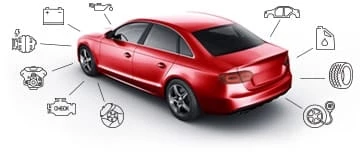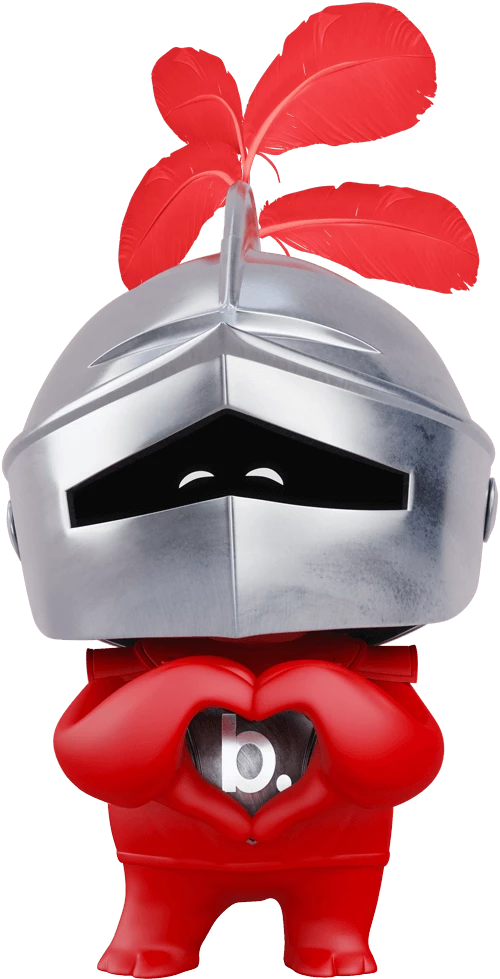Buying a used car, the checklist
New cars lose 20 to 30 per cent of their value the moment they’re driven off the dealership’s lot. That’s why buying a used vehicle can be an excellent choice for drivers seeking to save money on the initial outlay for the vehicle. But it’s important to weigh the pros and cons to avoid unpleasant surprises and drive away a winner.
First steps
Do your homework! The internet is a valuable tool for researching used cars. Find out what car makes and models perform best, even when they have a few kilometers under the hood. Here are some trusted websites that can help you make an informed decision:
- Some specialized websites let you browse cars by year, make and model so if there’s a used car you’re interested in you can obtain a full profile of the vehicle. The APA has a "Lemon Aid" section on its website so you can learn about the strengths and weaknesses of different makes and models.
- Consult the Canadian Black Book to find out the book value of a used car you’re considering buying.
- The U.S. website Consumer Reports gives you an overview of car models you can count on.
Tips for a successful purchase
- Make sure the dealership has a good reputation, an online search through ratings can give you a good idea!
- Inspect the car during the day or in other conditions that allow you to clearly see any flaws. Don’t go at night!
- Take down the VIN (vehicle identification number), which can be found on the right side of the dashboard, on the interior of the driver’s side door, or on car-related documentation. Then look at the Carproof report online. You can enter the car’s VIN and obtain a comprehensive background report on the car.
- Test drive the car before buying it. Make sure you feel comfortable behind the wheel. See how it starts and stops, if it has a good turning radius, if all the signals and lights are working well. To properly test-drive a car, take it for a good spin. Driving a few blocks around the dealership isn’t enough to give you a good idea of what kind of shape it’s in.
- The Quebec government offers a Warranty of fitness for three categories of used cars, depending on the year and mileage. It’s a useful table you can use to assess the value of various cars, whatever province you live in. Vehicles that are more than five years old or that have logged more than 80,000 km are not under warranty, so it’s especially important to ensure the vehicle is in good condition.
- Have the vehicle inspected by a mechanic you trust. This is your right and if a vendor refuses your request to have the car inspected, don’t buy the car.
- Consult the Canadian Police Information Centre to make sure that the vehicle you’re considering buying is not a stolen car.
- There is often some room to negotiate the price of a used car. Base your offer on the car’s history and any problems you detected.
Beware…
- If the vendor asks you to lay out cash before the official transaction / purchase of the vehicle.
- If the car is freshly painted. This may be an attempt to conceal defects.
- If it smells too good! A strong odour of chemical cleansers or artificial fragrance may indicate an effort to temporarily conceal cigarette or other unpleasant odours that will return quickly.
- If the bumpers aren’t well-aligned or seem damaged in any way. This is a sign that the car may have been in a major accident.
- If the numbers on the odometer are not properly aligned, the vendor may have tampered with them.
- If the vendor pressures you to buy the car right away by claiming the offer ends today or tomorrow. This is a sign that something is not right. The vendor should give you a reasonable amount of time to make your decision.
- If the offer is too good to be true, be careful! It’s probably a lemon.
Be a savvy consumer and a smart driver!
Make the right purchase, fasten your seatbelt, put away your cell phone and enjoy the ride! Make sure to get car insurance before you go
This article is part of our car information hub
Discover the other articles featured


